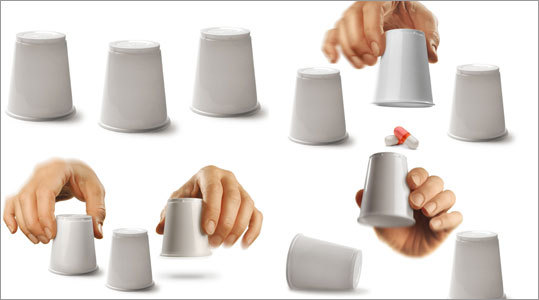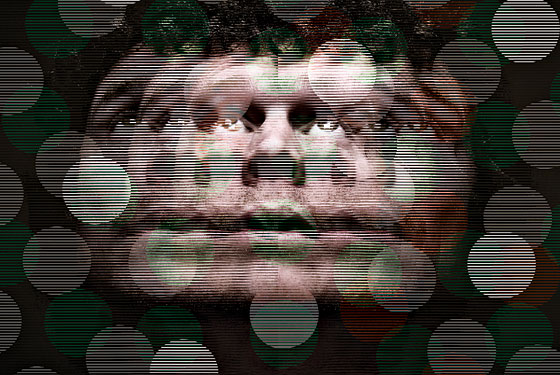“On the global measure, people start out at age 18 feeling pretty good about themselves, and then, apparently, life begins to throw curve balls. They feel worse and worse until they hit 50. At that point, there is a sharp reversal, and people keep getting happier as they age. By the time they are 85, they are even more satisfied with themselves than they were at 18.” Via the NYT, a new study finds older people tend to be the happiest among us.
“‘It could be that there are environmental changes,’ said Arthur A. Stone, the lead author of a new study based on the survey, ‘or it could be psychological changes about the way we view the world, or it could even be biological — for example brain chemistry or endocrine changes.’” My guess, from where I sit at 35 — perspective, a.k.a. wisdom. You don’t live to 85 by sweating the small stuff, and by then you probably have a pretty good sense of how things tend to shake out anyway.


